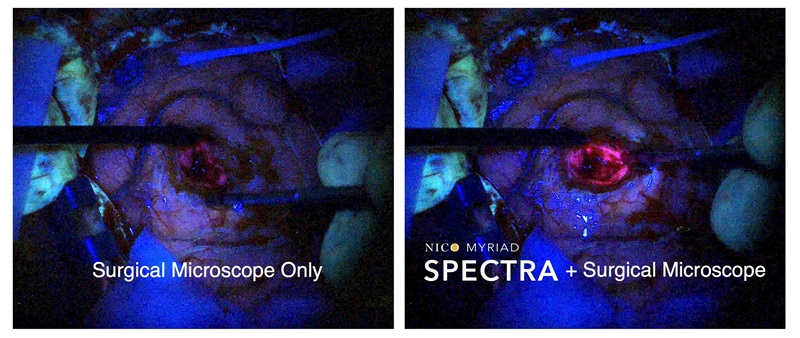Longer Anesthesia Duration Tied to Surgical Complications
By HospiMedica International staff writers
Posted on 16 Oct 2017
A new study suggests that extended anesthesia is associated with significantly increased rates of surgical complications, especially due to postoperative transfusion requirements.Posted on 16 Oct 2017
Researchers at Rutgers New Jersey Medical School (NJMS; Newark, USA) conducted a study involving 630 patients who underwent head and neck microvascular reconstruction between 2005 and 2014 to examine the association of anesthesia duration with surgical complications. The patients were stratified into five quintiles based on mean anesthesia duration; group 1 - 358.1 minutes; group 2 - 563.2 minutes; group 3 - 648.9 minutes; group 4 - 736.5 minutes; and group 5 - 922.1 minutes. The main outcomes included rates of postoperative medical and surgical complications and mortality.

Image: A new study suggests anesthesia time should be kept to the minimum to avoid surgical complications (Photo courtesy of Alamy).
The results showed that increasing anesthesia duration was associated with higher 30-day complication rates, 30-day postoperative surgical complications, increased rates of postoperative transfusion, and more wound disruptions. Anesthesia duration was not associated with specific medical complications, overall medical complication rate, or mortality. When accounting for demographics and significant preoperative factors, including free flap type, increased anesthesia duration remained significantly associated with overall complications, surgical complications, and postoperative transfusion. The study was published on October 5, 2017, in JAMA Facial Plastic Surgery.
“These results highlight the need for an awareness of the perioperative and nonsurgical factors that may extend anesthesia time and tactics that promote intraoperative efficiency. One such strategy involves selection of a donor site amenable to concurrent harvesting and implementation of a 2-team approach,” concluded lead author Jacob Brady, MD, and colleagues. “The number of microvascular anastomoses and defect closure that will be required should also be considered in donor site selection. Ultimately, meticulous preoperative planning and preparation should allow surgeons to reduce operating room time, regardless of other nonsurgical factors out of their control.”
General anesthesia is a state produced when a patient receives intravenous and inhaled agents to allow adequate surgical access to the operative site. It is intended to promote amnesia, analgesia, muscle paralysis, and sedation in a controlled, reversible, state of unconsciousness that enables a patient to tolerate surgical procedures that would otherwise inflict unbearable pain, potentiate extreme physiologic exacerbations, and result in unpleasant memories.
Related Links:
Rutgers New Jersey Medical School













.jpg)
